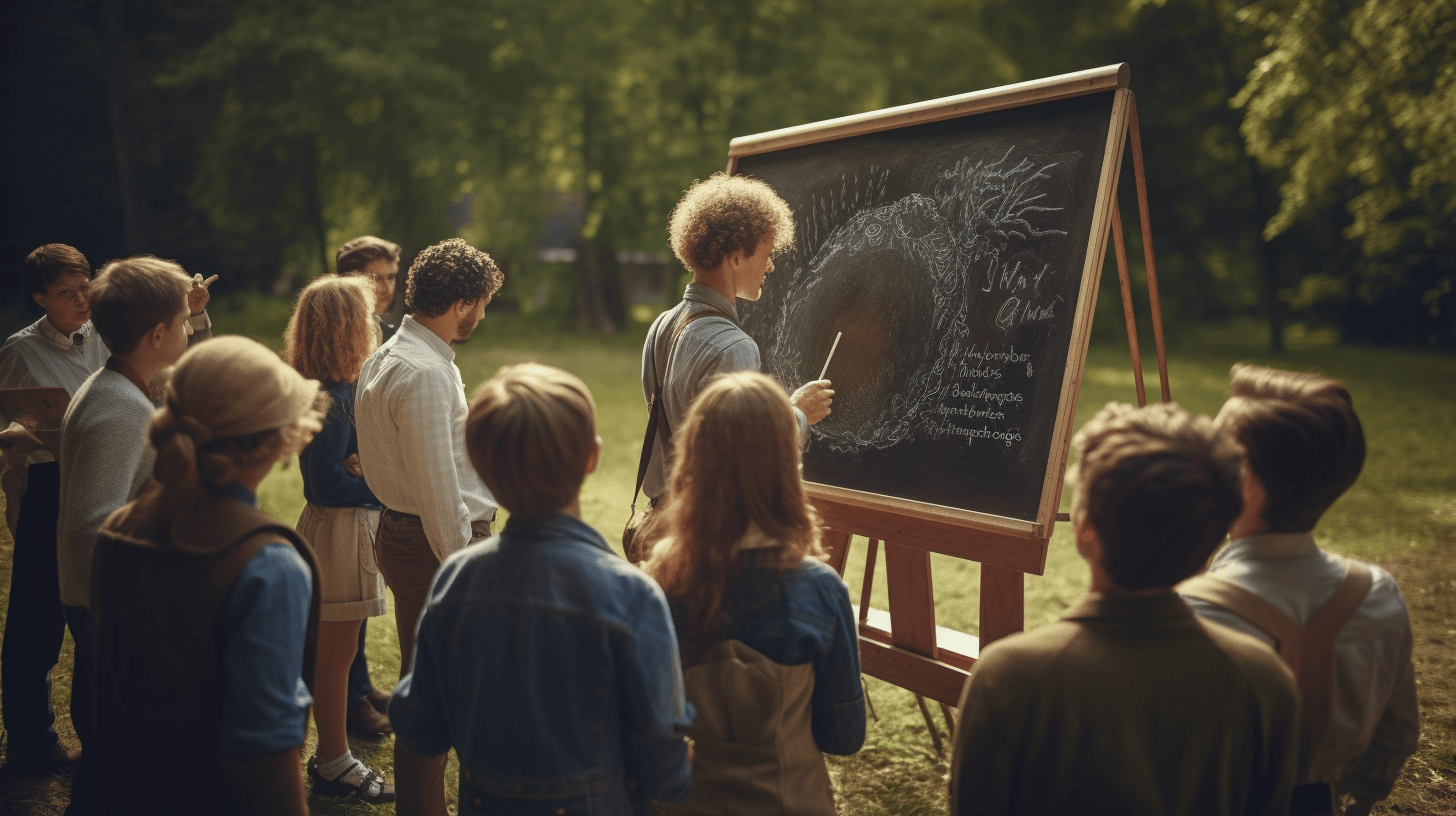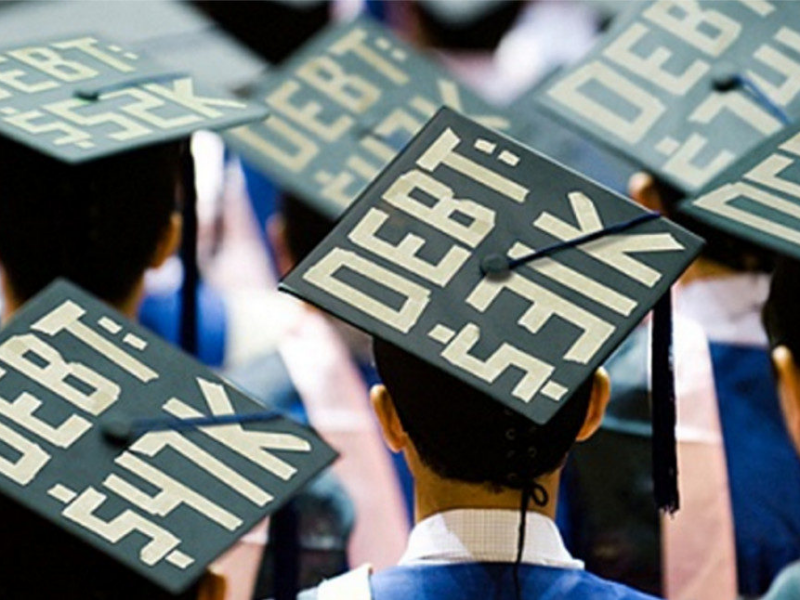In recent years, the world of education has been experiencing a significant transformation driven by a growing dissatisfaction with traditional schooling systems. While many schools still follow a rigid, one-size-fits-all approach, a new wave of unconventional schools is emerging, offering innovative models that challenge the status quo. These schools are redefining education, emphasizing creativity, individualized learning, and real-world skills over standardized tests and traditional curricula.
One of the most prominent features of these unconventional schools is personalized learning. Instead of forcing students to follow the same path at the same pace, many alternative schools design curricula catering to each student’s unique needs and abilities. For example, Montessori schools, which have been around for over a century, allow children to learn independently in a self-directed environment. Students are encouraged to choose their activities and work independently, fostering a love for learning and an intrinsic sense of responsibility. Montessori schools emphasize hands-on learning and nurture critical thinking and problem-solving skills, enabling children to become independent and creative thinkers.
Another type of unconventional school is the project-based learning (PBL) model, where students learn by actively engaging in real-world projects. Schools like High Tech High in San Diego take this approach, immersing students in interdisciplinary projects that require collaboration, critical thinking, and creativity. Students work on projects that tackle real-world problems, such as designing sustainable cities or developing apps to solve community issues. This model is grounded in the belief that learning should not be confined to textbooks and exams but should be a process of discovery and innovation that mirrors the complexities of the adult world. PBL fosters teamwork, communication, and adaptability skills, which are vital for success in the modern workforce.
Democratic schools, another unconventional model, are based on equality, autonomy, and shared decision-making. In these schools, students have a say in how the school is run, including what subjects are taught and how the daily schedule is organized. The Sudbury Valley School in Massachusetts is a prime example of this approach. Students here have the freedom to choose what they want to learn, and the school operates on the philosophy that children learn best when they are given the freedom to pursue their interests. This empowers students to take ownership of their education and fosters a sense of self-motivation and independence.
Another innovative school model is the unschooling approach, which turns the traditional notion of schooling upside down. In unschooling, there is no formal curriculum. Instead, learning is driven by the interests and passions of the child. The goal is to foster curiosity, creativity, and a lifelong love of learning. Unschooling encourages children to explore the world around them, engage in exciting activities, and learn from their experiences. This flexible, child-centered approach to education empowers students to become independent learners capable of directing their educational journeys.
While unconventional schools are proving successful in many ways, they face challenges. One of the biggest concerns is scalability. These innovative models often require smaller class sizes, individualized attention, and a more flexible infrastructure, which can be challenging to replicate on a large scale. Additionally, there is often resistance from those entrenched in traditional educational methods, questioning whether these non-traditional models can genuinely prepare students for college or the workforce.
Despite these challenges, the rise of unconventional schools signals a shift in how we think about education. By breaking away from the rigid structures of traditional schooling, these schools are providing students with the freedom, creativity, and critical thinking skills needed to succeed in an ever-changing world. As these alternative education models continue to grow and evolve, they are helping to redefine what education can and should be, offering a glimpse into the future of learning.



